For the adventurous traveler from China, the dream of an African safari—vast plains teeming with wildlife under an endless sky—is an inspiring one. Tanzania(坦桑尼亚 – Tǎnsāngníyà), home to the legendary Serengeti, Mount Kilimanjaro, and the Ngorongoro Crater, is the heart of this dream. But planning such a grand trip from Beijing, Shanghai, or Guangzhou can feel exhausting.
This travel guide is designed specifically for you, the Chinese traveler to Tanzania, to bridge the distance, answer your key questions, and help you prepare for an unforgettable adventure from China to the wilds of Tanzania. Welcome, or as we say in Swahili, Karibu sana!
The Ultimate Tanzania Safari Guide from China for 2025
Careful planning is the key to a smooth trip. Here’s what you need to know before you go.
Part 1: Pre-Trip Essentials (行前准备 – Xíngqián Zhǔnbèi)
How to Get There from China
1. Visa (签证 – Qiānzhèng) Travel Requirements
For Chinese traveler passport holders, getting a Tanzanian visa is straightforward. You have two main options:
- Visa on Arrival: You can obtain a tourist visa upon arrival at major airports like Julius Nyerere International Airport (DAR) in Dar es Salaam, Kilimanjaro International Airport (JRO), and Abeid Amani Karume International Airport (ZNZ) in Zanzibar. The fee is typically $50, payable in cash.
- E-Visa: To save time at the airport, you can apply for an e-visa online through the official Tanzania Immigration website before you travel.
- Requirements: Passport valid for 6+ months, return ticket, accommodation details, and proof of sufficient funds.
- Visa Fee: Approximately $50–$100 USD, depending on entry type (single/multiple).
Pro Tip: Check the latest updates from the Tanzanian embassy in China before departure.
2. Flights (航班 – Hángbān)
There are direct flights from mainland China to Tanzania with major airlines (such as Ethiopian Airlines, Kenya Airways, and Qatar Airways) offering connections from Beijing, Shanghai, or Guangzhou to Kilimanjaro International Airport (JRO) or Julius Nyerere International Airport (DAR).
Nevertheless, you can connect through popular airlines and hubs like Emirates from Beijing (PEK), Shanghai (PVG), or Guangzhou (CAN) via Dubai (DXB), Qatar Airways flying from major Chinese cities via Doha (DOH) and the Ethiopian Airlines a popular choice, flying via Addis Ababa (ADD), which is geographically closer.
- Travel Time: Expect a total travel time of 15-20 hours, including the layover. Book your tickets well in advance, especially for peak seasons, to get the best prices.
Your destination airport in Tanzania will likely be JRO for northern safaris and Kilimanjaro, or DAR for southern circuits and connections to Zanzibar (ZNZ).
3. Health & Vaccinations (健康与疫苗 – Jiànkāng yǔ Yìmiáo) This is crucial.
- Yellow Fever: A Yellow Fever vaccination certificate (the “yellow book”) is mandatory if you are arriving from a country with a risk of yellow fever transmission. While China is not on the list, it’s highly recommended to get the vaccine as a precaution, as rules can change.
- Malaria: Malaria is present in Tanzania. Consult your doctor about anti-malarial medication. Additionally, use insect repellent with DEET, wear long sleeves and pants in the evenings, and sleep under a mosquito net.
- Travel Insurance: Purchase comprehensive travel insurance that covers medical emergencies and potential trip cancellations.
4. Currency & Payments (货币与支付 – Huòbì yǔ Zhīfù)
- Local Currency: The official currency is the Tanzanian Shilling (TZS).
- US Dollars: As of May 2025, foreigners are required to exchange foreign currency, including US Dollars, through commercial banks or the Bureau de Change in Tanzania. You may also continue making payments using bank cards.
- Digital Payments: Unlike in China, Alipay (支付宝) and WeChat Pay (微信支付) are not widely accepted. Credit cards are accepted in major hotels and lodges, but often with a surcharge.
- Cash is important : Always have a good supply of cash, including smaller USD bills ($1, $5, $10) for tips and small purchases.
Best Time to Visit: Understanding the Seasons
Tanzania is a year-round destination, but the experience changes with the seasons.
- June – October (Dry Season): This is the peak season and often considered the best time. The weather is pleasant, and the sparse vegetation makes wildlife easier to spot as animals gather around rivers and waterholes. This is also the best time to see the dramatic Great Migration river crossings in the Northern Serengeti.
- January – February (Short Dry Season): A wonderful time to visit. The landscape is green after the short rains, and it’s the calving season for the wildebeest in the Southern Serengeti. Witnessing thousands of newborn animals is a magical experience.
- November (Short Rains) & March – May (Long Rains): These are the low seasons. While you can expect rain, it often comes in short, powerful bursts. The benefits are fewer crowds, lower prices, and stunningly green, lush scenery.
Part 2: The Unforgettable Tanzanian Experiences (坦桑尼亚必体验)
Tanzania’s attractions are world-famous for a reason. Here are the must-dos.
1. The Great Wildebeest Migration (动物大迁徙 – Dòngwù Dàqiānxǐ)
This is the main event! Witnessing over a million wildebeest, zebras, and gazelles thunder across the plains of the Serengeti National Park is a life-changing spectacle. The timing is key:
- July – October: The best time to see the dramatic river crossings of the Mara River in the Northern Serengeti.
- December – March: See the calving season in the Southern Serengeti, where predators are on high alert.
2. The Big Five Safari (非洲五霸 – Fēizhōu Wǔ Bà)
Embark on a game drive in search of Africa’s “Big Five”: the Lion, Leopard, Elephant, Buffalo, and the elusive Rhino. The Ngorongoro Crater, a UNESCO World Heritage site, is one of the best places on earth to see them all in a single day.
3. Climb the Roof of Africa: Mount Kilimanjaro (乞力马扎罗山 – Qǐlìmǎzhāluó Shān)
For the truly adventurous, hiking to the summit of Africa’s highest peak is an incredible achievement for any Chinese traveler. This is a serious trek that requires physical fitness and at least 6-8 days. The view from Uhuru Peak at sunrise is a reward like no other.
4. Relax in Paradise: Zanzibar (桑给巴尔岛 – Sānggěibā’ěr Dǎo)
After the dusty wildlife safari, escape to the idyllic island of Zanzibar.
- Stone Town: Wander through the narrow, winding streets of this ancient city, a melting pot of African, Arab, and European cultures.
- Spice Farms: Discover why Zanzibar is called the “Spice Island” with a tour of a local spice farm.
- Pristine Beaches: Relax on the stunning white sands of Nungwi or Kendwa beaches. The turquoise water is perfect for snorkeling and diving.
Part 3: Practical Tips for the Chinese Travelers to Tanzania
Here are some specific tips to make your journey more comfortable.
1. Language & Communication (语言沟通)
- The official languages are Swahili and English. Staff in hotels and safari guides speak excellent English.
- Learning a few Swahili words will be greatly appreciated:
- Jambo! – Hello!
- Asante sana – Thank you very much.
- Hakuna Matata – No worries.
- Download a translation app like Google Translate for offline use. For a truly seamless experience, consider hiring a Chinese-speaking safari guide, which many tour operators now offer.
2. Food & Drink (饮食)
The food on a Tanzania safari is most catered for international tourists and is generally very good.
- Lodge Meals: Expect buffet-style breakfasts and dinners with a mix of Western and Asian dishes (grilled chicken, pasta, salads).
- Packed Lunches: During full-day game drives, you’ll have a packed lunch box to enjoy at a scenic picnic spot in the park.
- Bringing Snacks: If you have favorite Chinese snacks you can’t live without, feel free to bring some along for comfort.
- Dining on Tanzanian Cuisine – Try Nyama Choma (grilled meat), Ugali (cornmeal porridge), and tropical fruits.
- Hot Water (热水 – Rèshuǐ): We know how important hot water is! While most safari lodges offer tea and coffee, readily available boiled drinking water is not as common as in China. It is a good idea to bring a small travel thermos (保温杯) and ask your lodge staff to fill it with hot water for you.
3. Connectivity & Photography (网络与摄影)
- Wi-Fi: Wi-Fi is available in most lodges and hotels, but it can be slow and unreliable, especially in remote safari camps. Don’t expect the high speeds you’re used to.
- SIM Cards: Buying a local SIM card from providers like Vodacom or Airtel at the airport is a cheap and effective way to stay connected.
- Photography: This is a photographer’s dream!
- Bring a zoom lens (at least 200mm) for wildlife photography.
- Pack extra batteries and a power bank (充电宝). Electricity in camps may only be available for a few hours a day.
- Drones (无人机) are heavily restricted in national parks and require special permits that are difficult to obtain. It’s best to leave your drone at home.
4. Tipping Culture (小费文化)
Tipping is customary and a crucial part of the local tourism economy. It is a sign of appreciation for good service. Prepare a separate envelope with cash for your guide to present at the end of your safari.
- Lodge/Camp Staff: There is usually a communal “tip box.” Budget $5-10 USD per person, per day.
- Porters & Waitstaff: $1-2 USD for specific services.
- Safari Guide/Driver: This is the most important tip. The standard is $10-15 USD per person, per day.
- Restaurant Staff: 10% of the bill is a good guideline.
5. Choosing Your Safari Operator
This is the most important decision you will make. A good operator handles everything: your vehicle, driver-guide, park fees, and accommodation.
- Look for Experience with Chinese Clients: Some companies have experience hosting travelers from China. They understand potential cultural nuances and dietary preferences.
- Mandarin-Speaking Guides: While many Tanzanian guides speak excellent English, having a Mandarin-speaking guide can greatly enhance your experience. If this is important, specifically request one when booking. This may cost extra but is often worth it for clear explanations of animal behavior and local culture.
- Read Reviews & Compare: Don’t just choose the cheapest option. Read recent reviews, check their safety record, and see what is included in the price (e.g., unlimited mileage, drinking water, park fees).
Recommended Safari Packages for Chinese Travelers to Tanzania
Many Chinese tour operators offer Tanzania safari packages, including:
- 7-Day Classic Serengeti & Ngorongoro
- 10-Day Luxury Safari & Zanzibar Extension
- Private Family-Friendly Safaris
Booking Tip: Look for operators with Mandarin-speaking guides for a smoother experience.
Conclusion: Your African Adventure Awaits
Traveling from China to Tanzania for a safari is more than just a holiday; it’s an epic adventure that connects you with the raw, breathtaking beauty of the natural world. While the flight is long and there are new customs to learn, the reward is immeasurable. The sight of a lion pride basking in the sun, a herd of elephants silhouetted against the sunset, or the thunder of a million wildebeest on the move will stay with you forever.
Pack your bags, charge your camera, and get ready for the adventure of a lifetime. Tanzania awaits! (坦桑尼亚欢迎你!)
Would you like recommendations for Chinese-friendly tour operators? Let me know how I can enhance this guide for your needs!

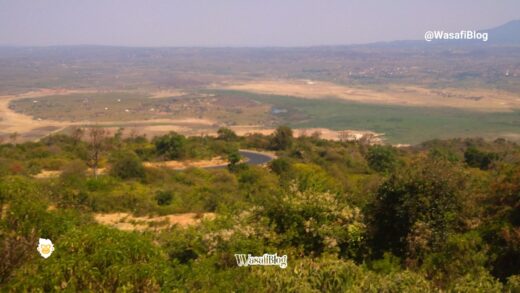

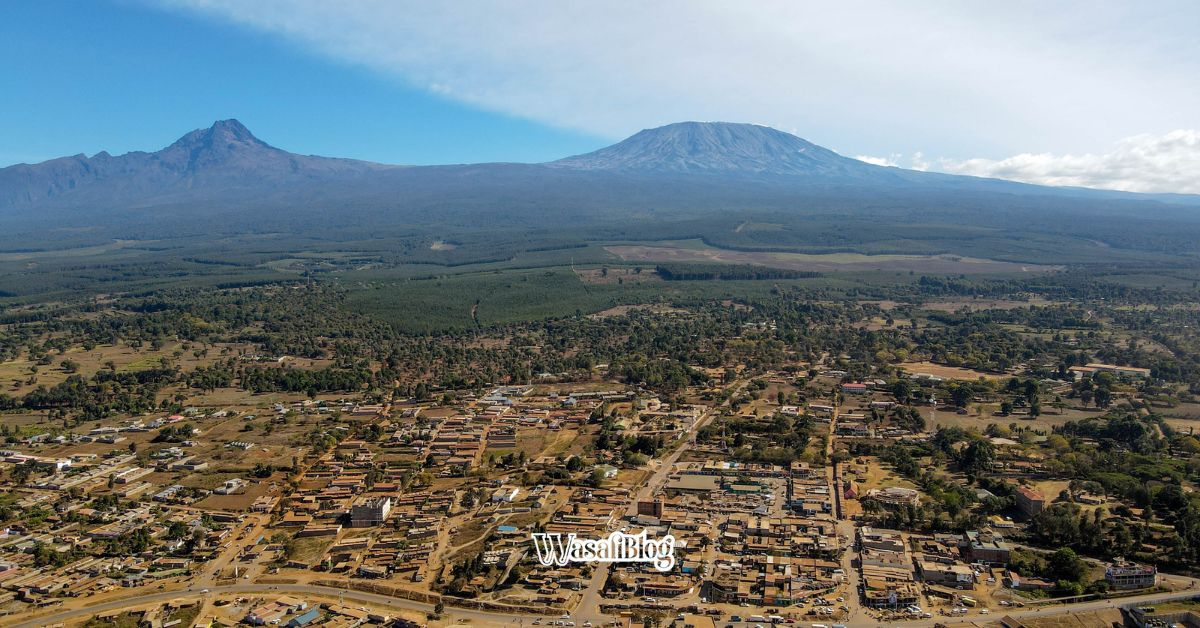



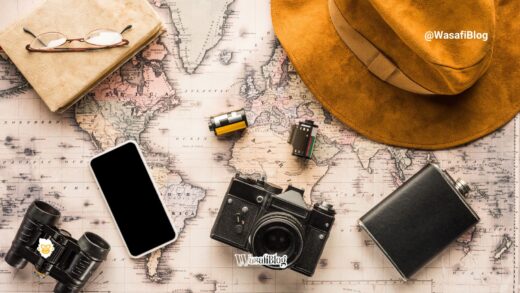
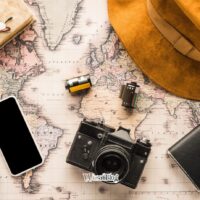
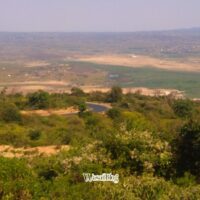
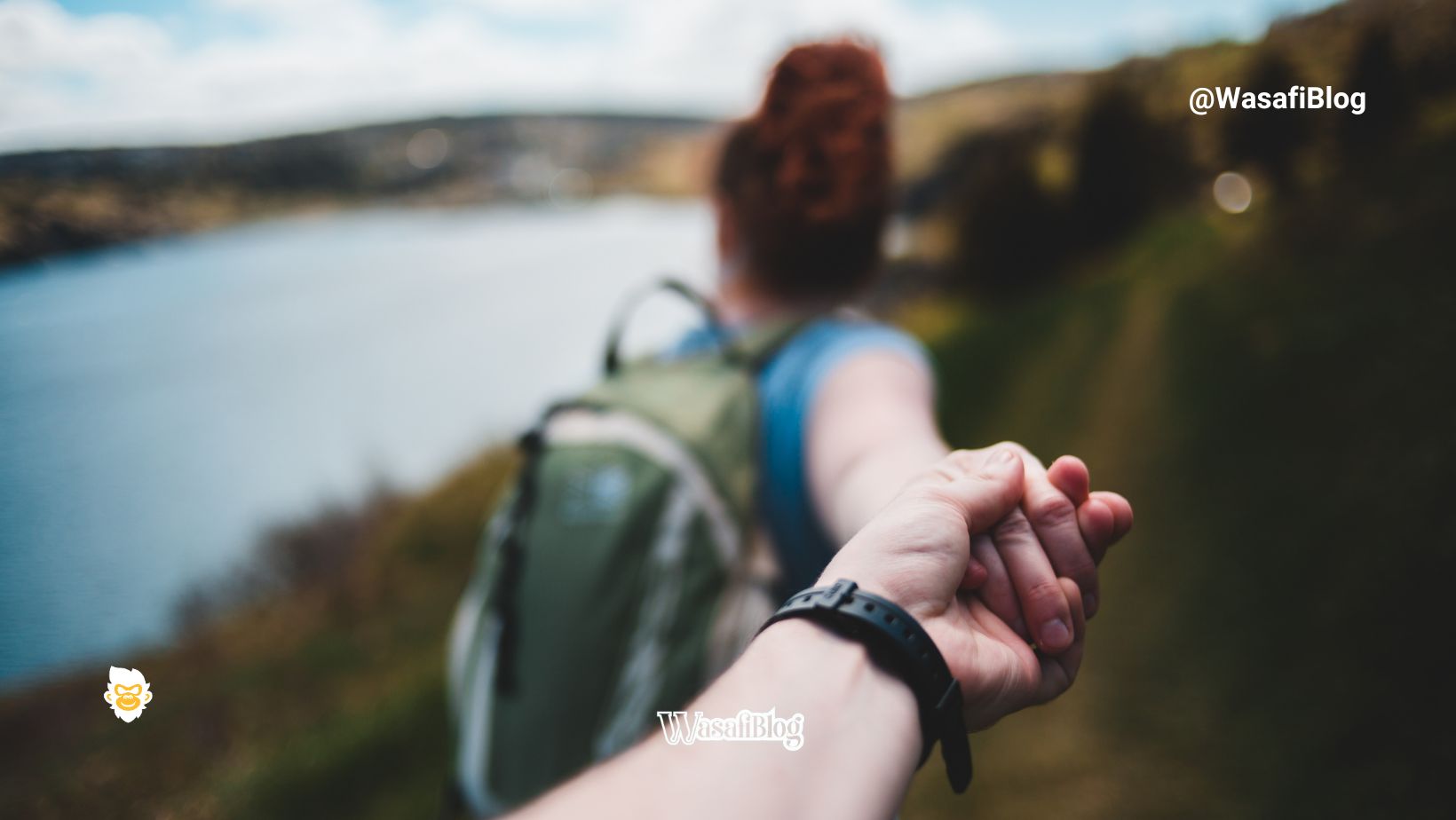
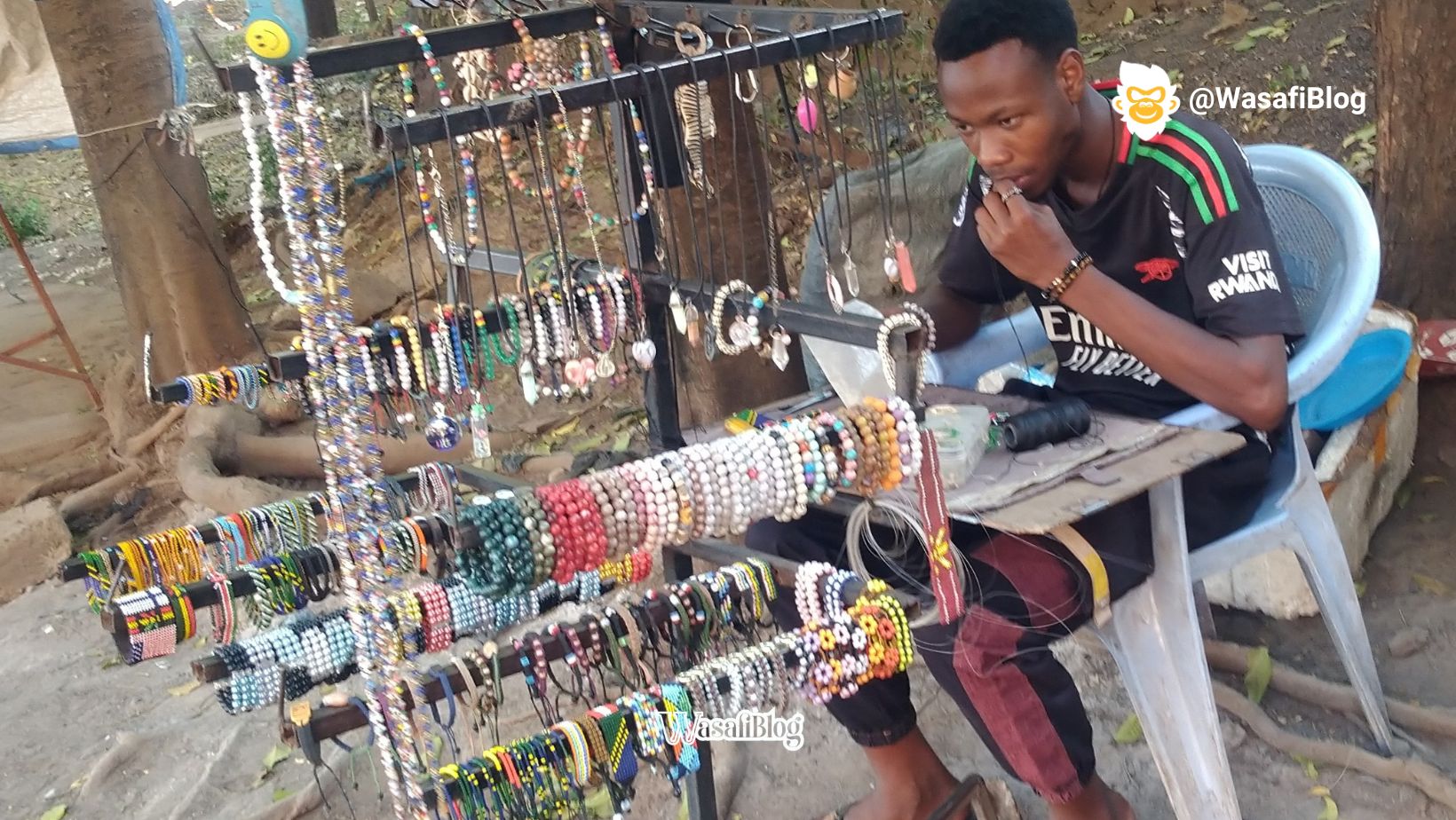
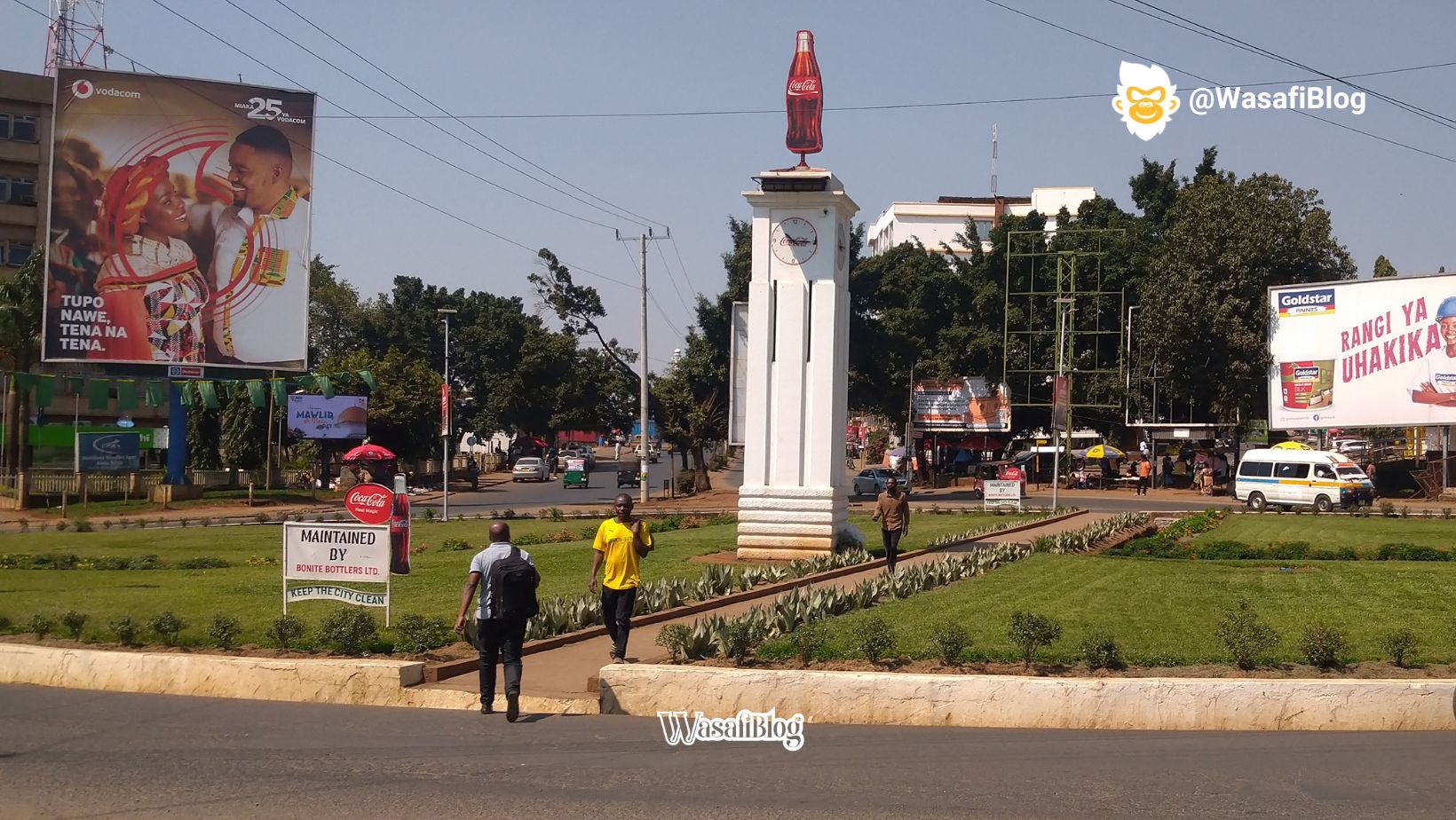
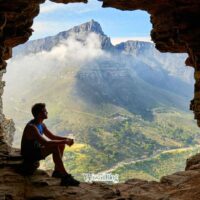
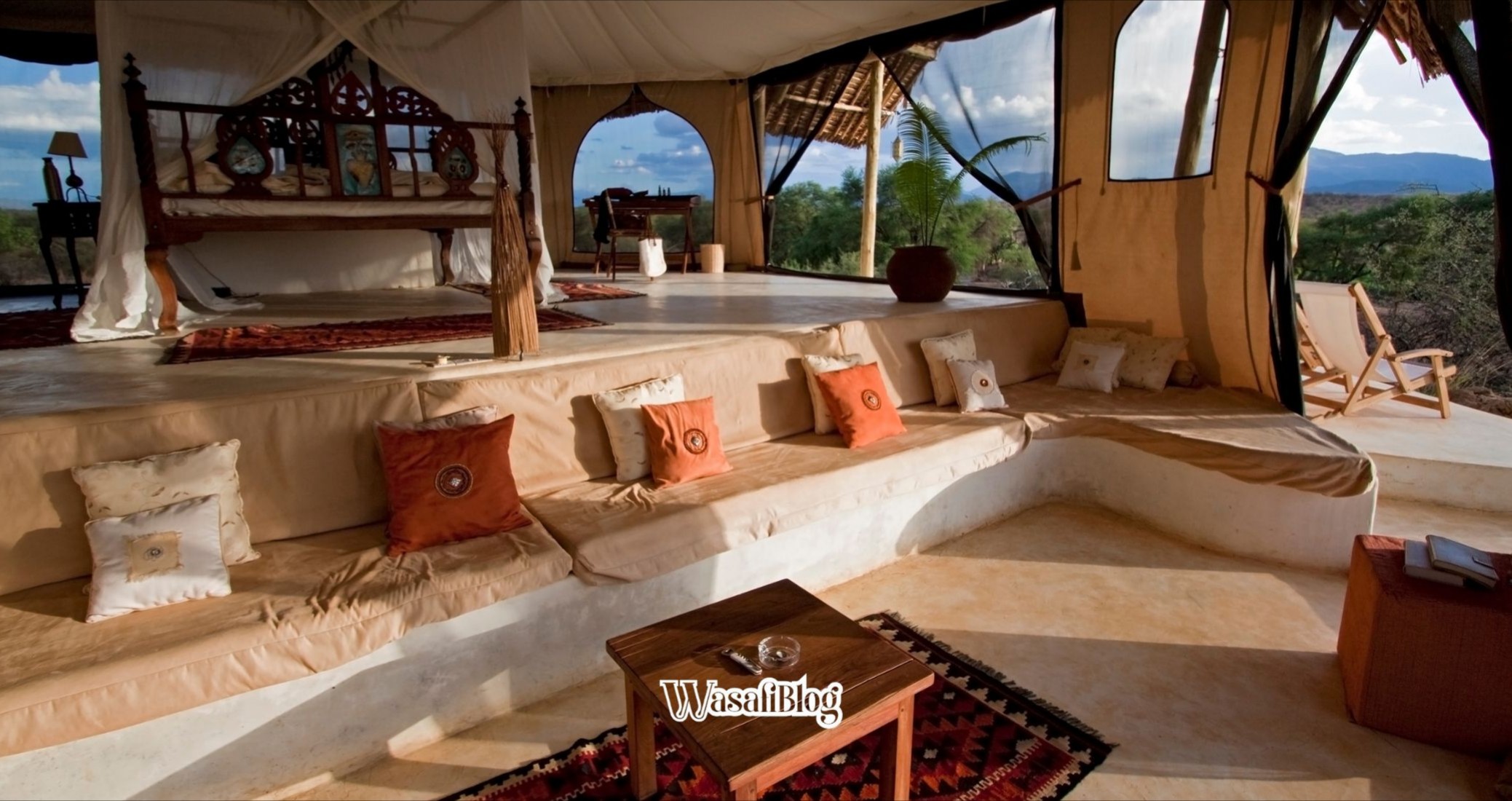
1 Response
[…] these interactions, these moments of genuine connection with local people, that truly elevate any travel experience. It’s this kind of Tanzania famous cultural product that makes a trip to Moshi so […]